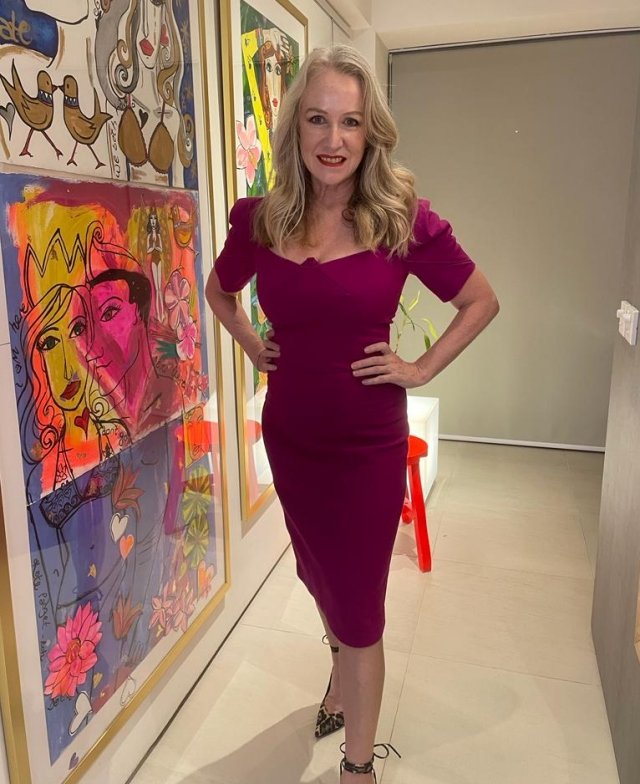This is an interesting, fascinating and complex subject, somewhat triggered by the recent trend for Y2K Fashion. We can consider this subject from many directions, all relating to strategic and fundamental steps forward in the Fashion Business.
As I started to consider what has really happened in the fashion industry in the past 20 years, the first thing that came to mind were the trends, and when considering the Y2K, that trend has come back around. Therefore, initially, we noticed that things generally come back around, and we return to where we were, however many years ago. Is that progress, or are we living with constantly repeating trends in life as well as in fashion?
However, upon further reflection, there have been some extraordinary steps forward in the business of fashion.
FAST FASHION: The first area to consider is the extraordinary rise of fast fashion. Twenty years ago, fast fashion was just beginning to gain some momentum. Zara had opened stores in much of Europe during the ‘90s and, in the early 2000s, were opening in Asia. People were actively talking about it, and by the early 2000s, Zara had made tremendous progress, not only in sales but also in the impact it had on the industry. As a whole, there were always key competitors like H&M and later Fast Retailing’s famous brand, namely, Uniqlo, which opened its first international outlet in 2011. The American junior brands were very prevalent, Abercrombie and Fitch, American Eagle Outfitters and other Contenders from Limited Brands. So this was what was happening in fast fashion. There were many stores, with lots of on-trend clothing that people wanted to buy because of their speed to market and the relevance, but primarily the cost. This massive direction for fast fashion essentially changed consumer behaviour. Discussing fashion with anyone who started shopping post-2000 is a different conversation. They’ve grown up with fast fashion, and they have a very different relationship with clothes and shopping, good or bad. It is what it is, and this trend certainly democratises fashion. As we reflect many years later, we look at the collateral impact on the planet, on peoples’ behaviour and fundamentally on how it has changed the industry.
SUSTAINABLE FASHION: The next topic is the rise of sustainable fashion. Well, that was kind of a slow starter. People only started to talk about sustainable fashion around 2010 unless they were early adopters. I will keep this subject quite brief as I talk about this at length in many of my other blogs. The trend for sustainable fashion really kicked off around 2015. The tragic collapse of Rana Plaza in Bangladesh was a turning point for the awareness of the impact of fast fashion on human rights and pollution. Whatever caused the considerable momentum for this subject, let’s explore that in a later blog.
TECHNOLOGY AND ECOMMERCE: In 2000, there was no fashion e-commerce. That seems unbelievable now. Net-A-Porter started in June 2000, and I remember joining the waiting list for Net-A-Porter’s launch to be one of the first customers. I bought a pair of white crop Roland Mouret pants. Oh, I wish I’d kept them! At that stage, it was the early adopters who were purchasing online. How different life is now, especially post-pandemic, when so many people shopped online while they were in lockdown at home. To add to this subject, Influencers and KOLs really didn’t exist until 2008. Digital marketing is a huge business that didn’t exist 20 years ago.
BODY POSITIVITY AND INCLUSIVITY: This has been an enormous step forward in the industry. Previously, clothing for different body shapes and sizes was not readily available. There was such limited availability of anything for anyone over a 14 or 16 UK size. Those brands working in oversize did not make inspiring clothes; how different things are now when many brands focus on this area. Likewise, with inclusivity and gender identities, which are in their early days, there is so much more to explore here. We have extraordinary designers and influencers like Harris Reed; there is so much potential in this area.
LUXURY: Next, how about the vast expansion of luxury fashion? Clearly, I’ve talked about this subject in my blogs many times. The massive growth of the luxury juggernaut, as I always phrase it, has been extraordinary. It is the higher price point reflection of the fast fashion industry, and as I have questioned before, is luxury really luxury anymore? But that’s for another blog. The influence of luxury fashion on consumer behaviour is significant. This is an indication of the accumulation of influences from fast fashion, social media and desirability, not to mention the increasing number of influencers and celebrity fashion. It’s become normal to collect 5 to 10,000 US$ bags and talk about them on YouTube. I’m not judging, but how did that happen?
In summary, a lot has happened in the fashion business in the past 20 years. This blog only briefly touches on these subjects, but let’s explore more as we move on. Having discussed these areas it’s given me a mixed perspective of the fashion industry over the last 20+ years. As I reflect, there are some extraordinary steps forward and real bright lights and hopes for the future. Yet, equally, I am very conscious of the growth of consumerism and the impact that democratised fashion and consumer behaviours have on the planet.
Let’s look forward to a future where these critical threats are addressed and to a bright future in fashion where creativity, beauty and joy are celebrated for all.
As always, enjoy fashion and love life.
Kind regards,
Kate
Kate Padget-Koh
















